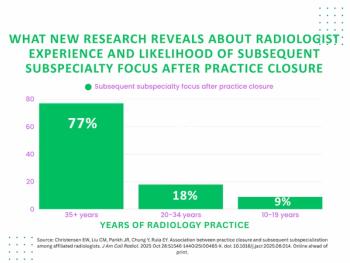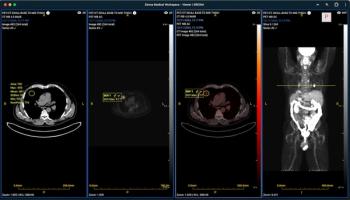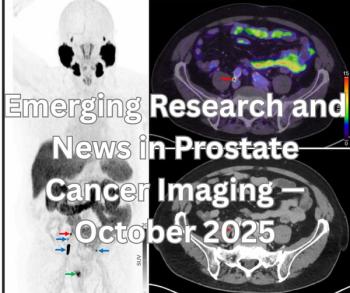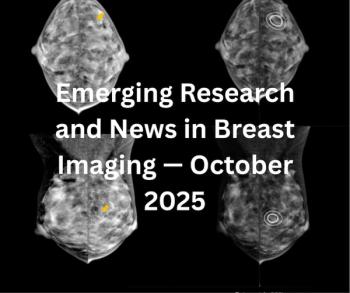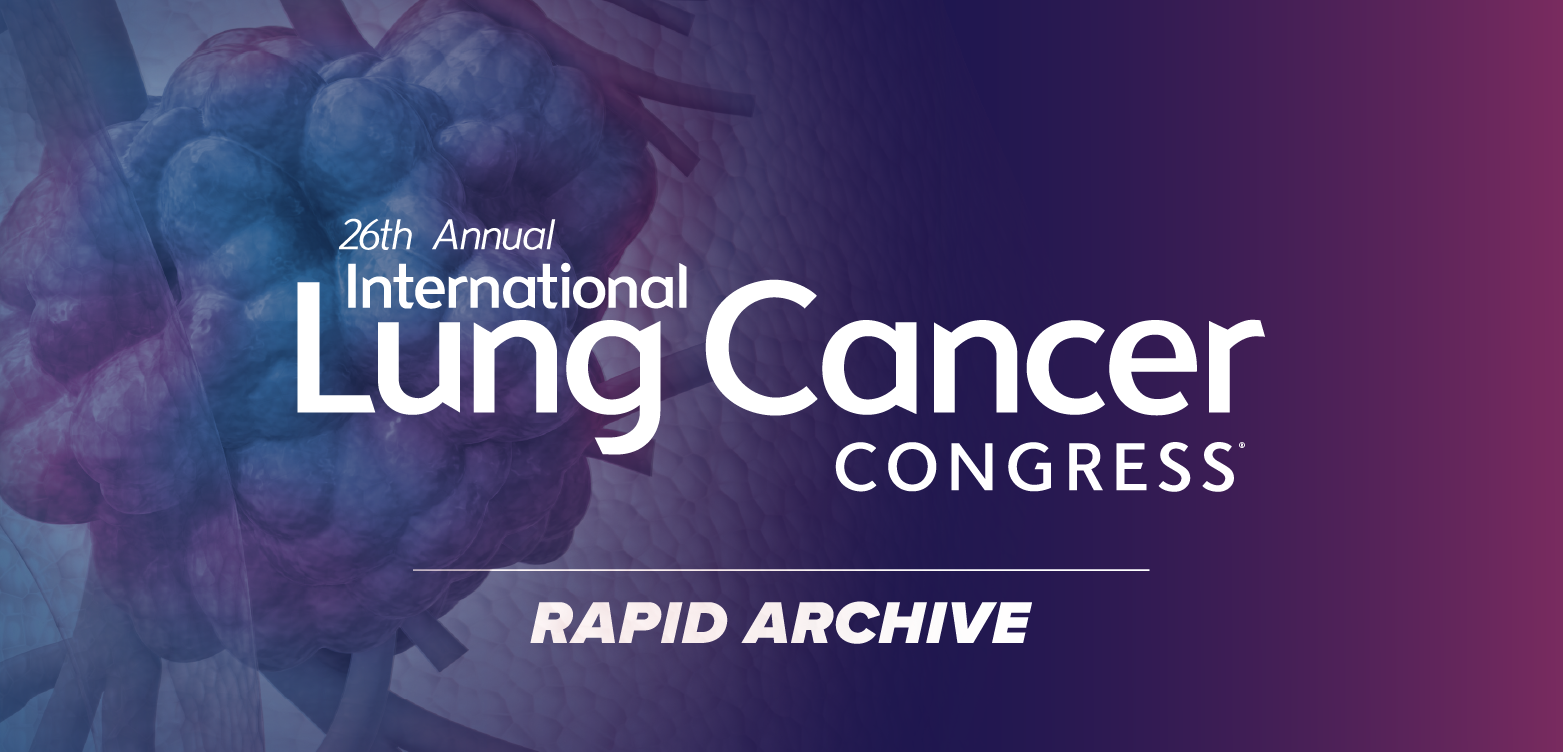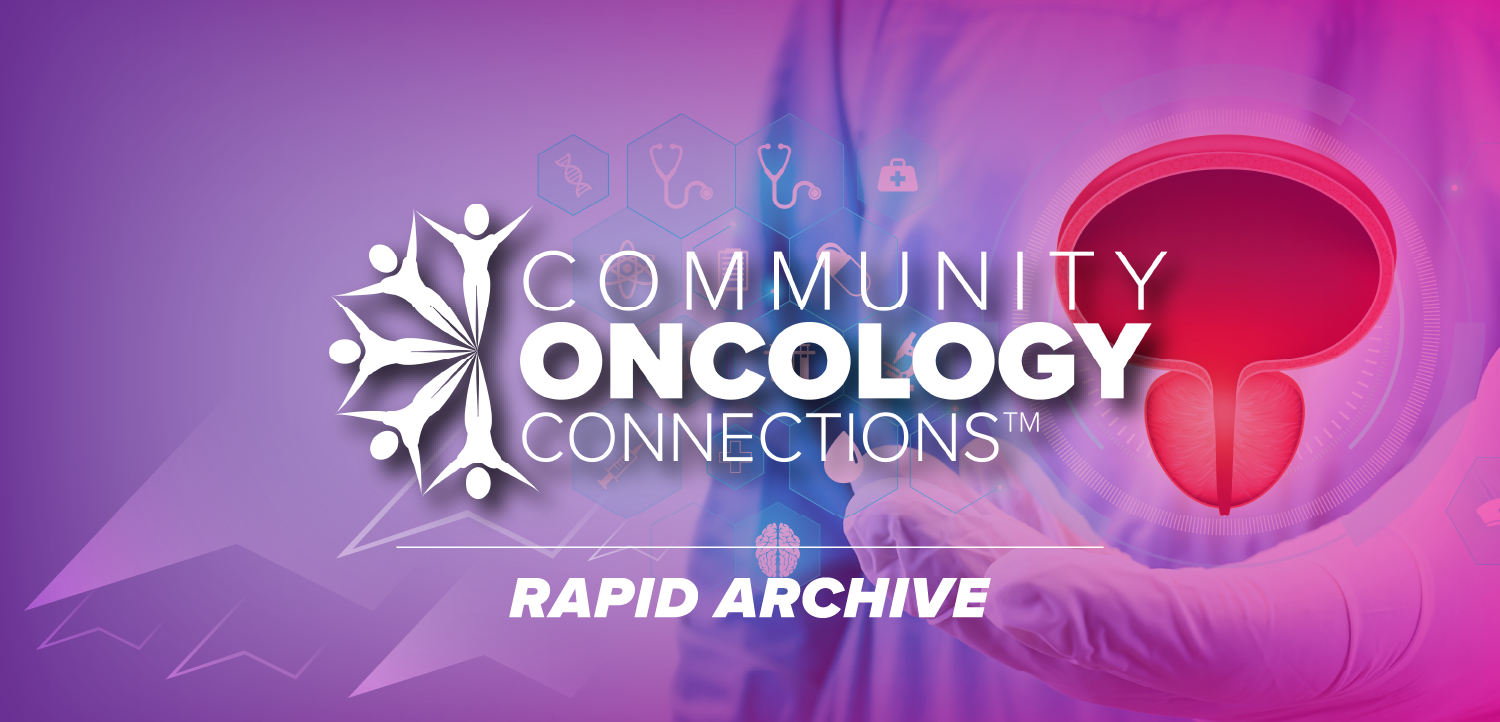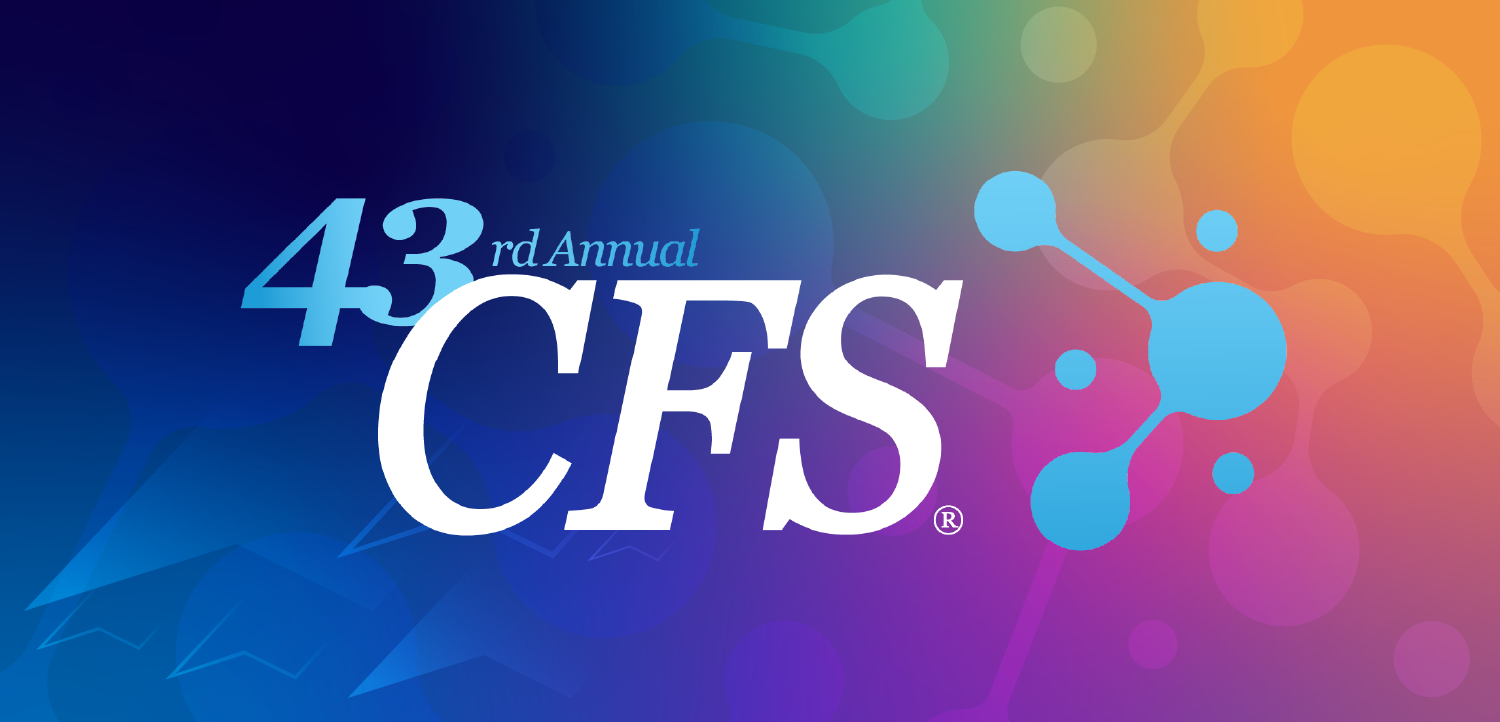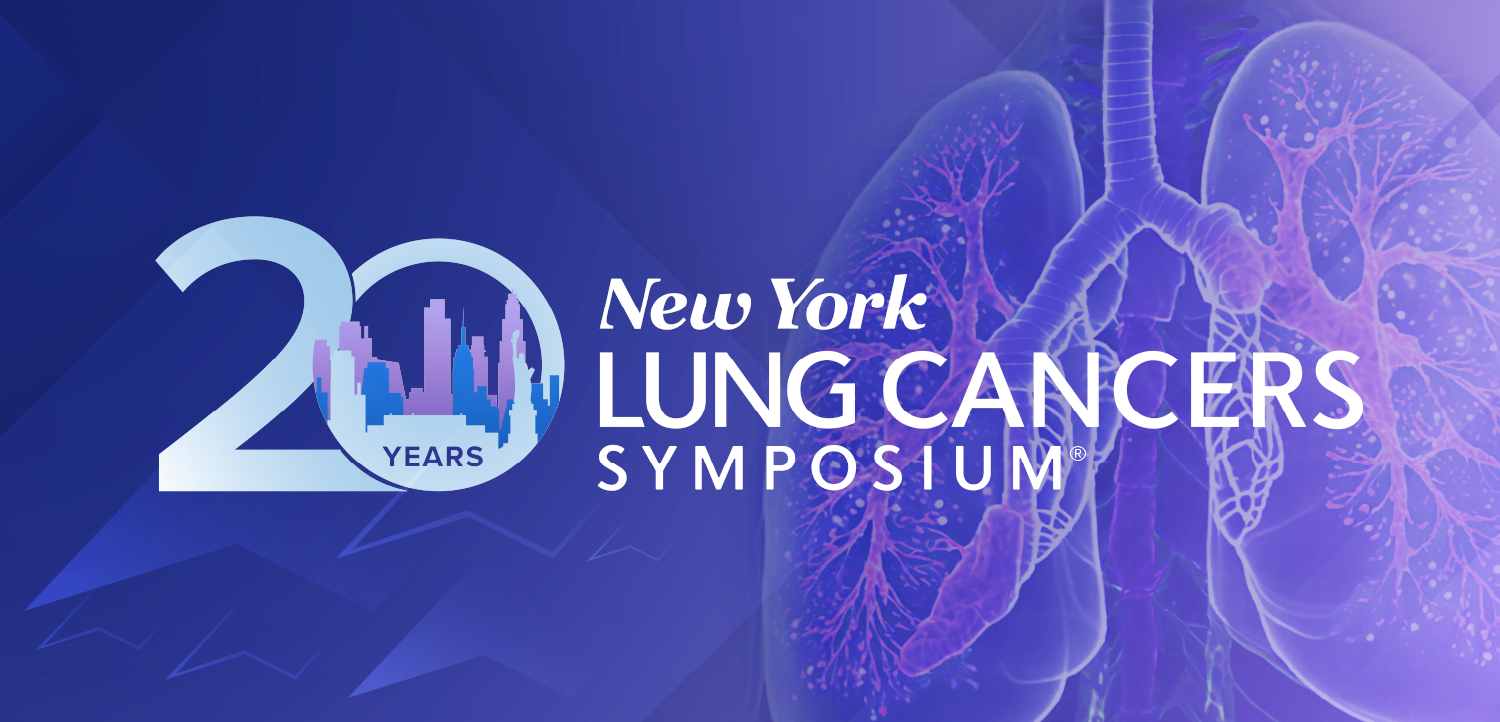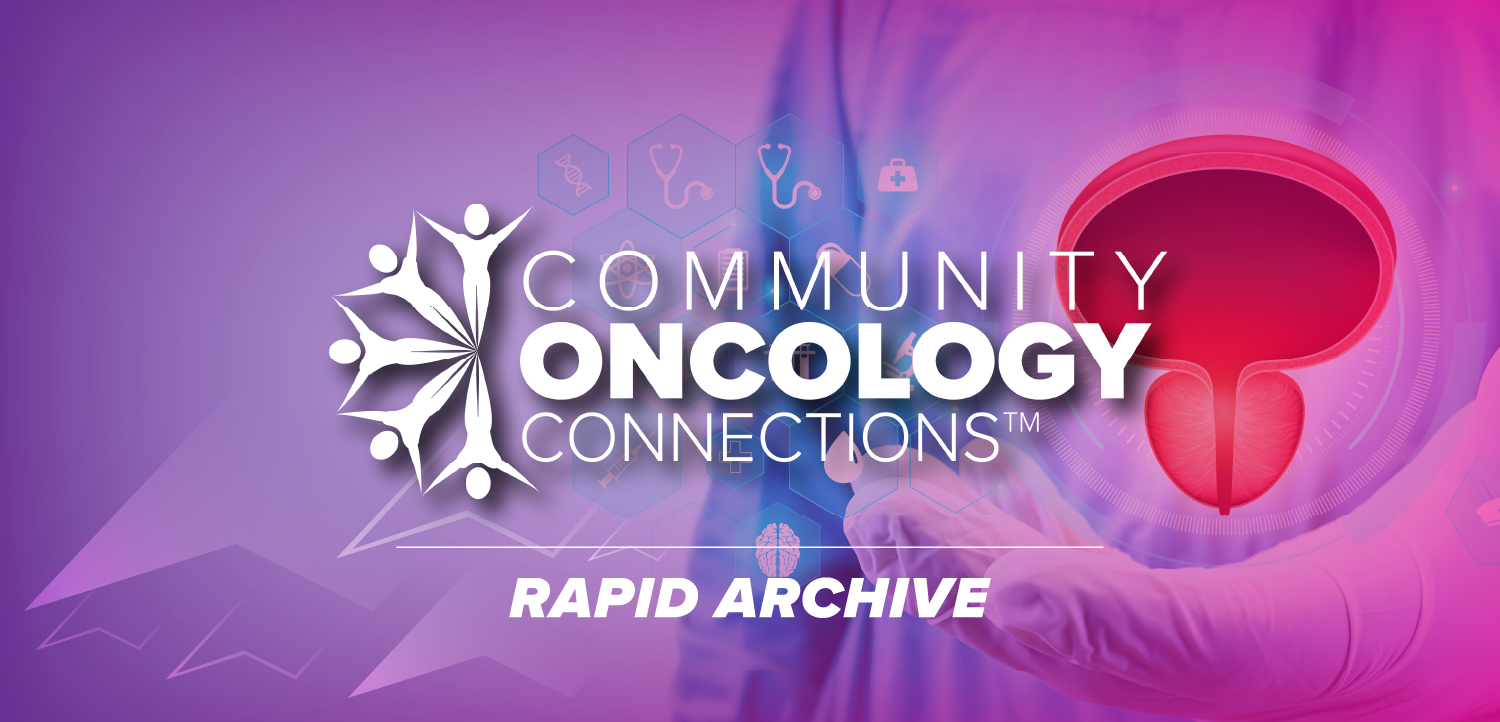
Research proves UltraSPECT claims for quick scans
Research proves UltraSPECT claims for quick scansTraxtal prepares to launch navigational upgrade at SIR 2009Ziehm releases C-arm in Europe
Research proves UltraSPECT claims for quick scans
The latest product from UltraSPECT can cut data acquisition during cardiac SPECT perfusion exams to a quarter of the time traditionally required yet still provide diagnostic images, according to research conducted at St. Luke's-Roosevelt Hospital in New York City. The Xpress3.Cardiac allows cardiac acquisitions in as little as three minutes, according to Dr. E. Gordon DePuey, director of nuclear medicine at St. Luke's-Roosevelt. Lengthening the acquisition time allows the administration of lower dose, DePuey said. The software is the most recent release in the Xpress family. The first, commercialized four years ago, cut SPECT acquisition time by half.
Traxtal prepares to launch navigational upgrade at SIR 2009
A smaller, lighter, more ergonomic navigational system for interventional radiology will debut March 7 in the Traxtal booth during the Society of Interventional Radiology meeting in San Diego. The cornerstone of the PercuNav upgrade is a newly designed system cart. An integrated control panel with optimized interface and dedicated pushbutton functions allows easier operation of the system, which reconstructs and fuses CT, MR, ultrasound, and PET data to guide interventions.
Ziehm releases C-arm in Europe
A new intraoperative C-arm system from Ziehm Imaging is on the European market. The Ziehm Vision RFD integrates a flat-panel detector with a mobile imaging platform designed for interventional radiology, neurosurgery, vascular surgery, and cardiology. The digital imaging chain supports expanded dynamic range, which allows the visualization of detailed soft tissue, contrast-filled vessels, and bony anatomy in the same image.
Newsletter
Stay at the forefront of radiology with the Diagnostic Imaging newsletter, delivering the latest news, clinical insights, and imaging advancements for today’s radiologists.

